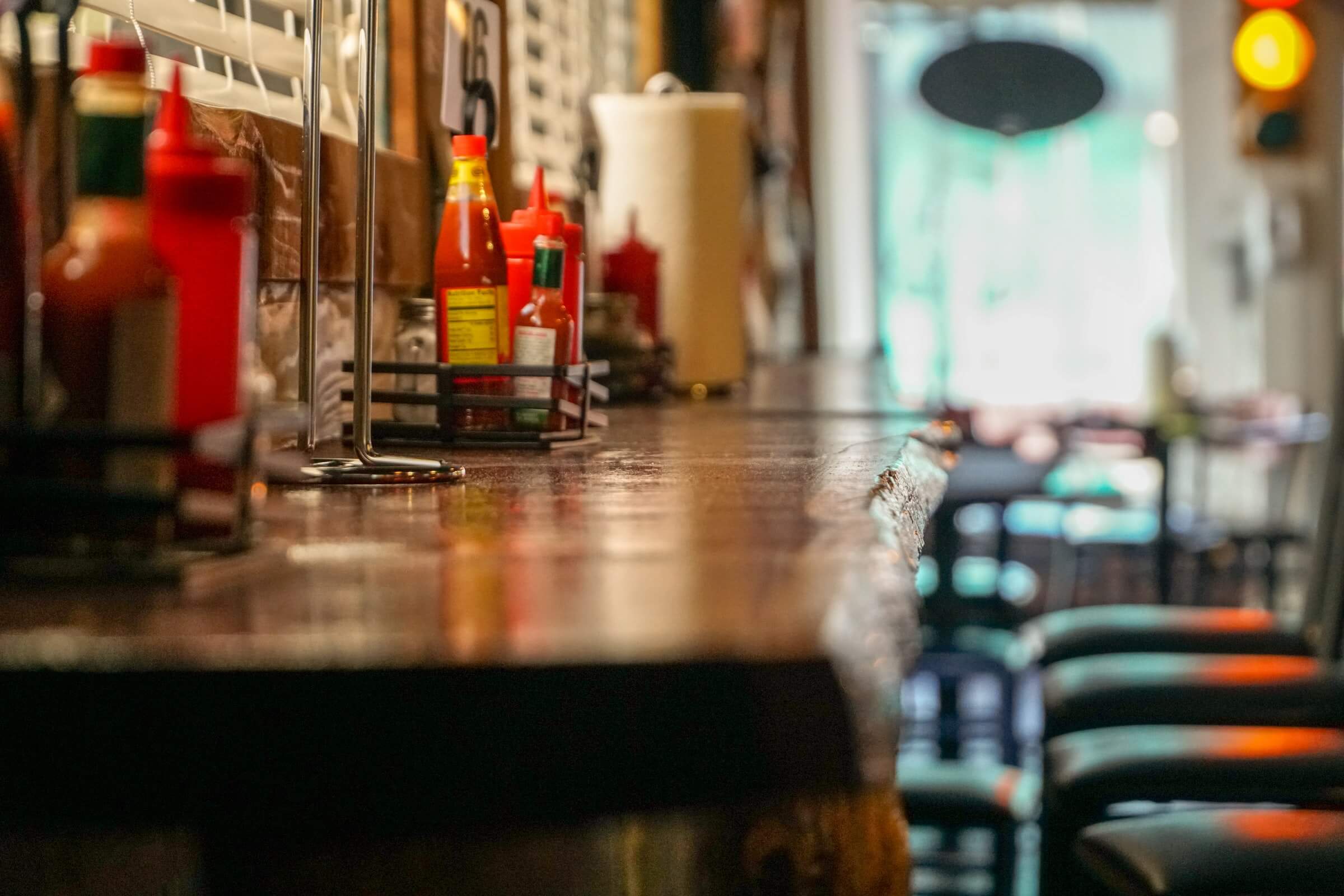New York Restaurant City Operators Rally Against Gov. Cuomo’s Orders
by David Klemt
Just one day after Governor Andrew Cuomo’s ban on indoor dining went into effect, New York City restaurant operators came together to protest.
Gov. Cuomo announced the ban on Friday, December 11. New Yorkers reportedly flocked to restaurants and bars that weekend for “last suppers.” The ban went into effect Monday, December 14.
New York City’s ban on indoor dining will last at least two weeks. It has been reported that state officials are considering a statewide ban on indoor dining, depending on Covid-19 trends.
Whereas New York City restaurants have been forced to operate at 25-percent capacity since the end of September, New York State restaurants have been operating at a 50-percent capacity limit.
Restaurants are permitted to offer delivery, takeout and outdoor dining. However, a massive nor’easter winter storm is blasting the east coast. Freezing weather is more than likely to keep New York City restaurants’ outdoor dining areas empty.
The Latino Restaurant Bar and Lounge Association of New York State is being credited with organizing Tuesday’s rally. The New York City Hospitality Alliance joined the protest against the indoor dining ban, as did hundreds of other restaurant and bar owners, operators and workers.
Protestors gathered at Times Square before marching from Duffy Square (the northern part of Times Square) to Midtown East where Gov. Cuomo’s office is located.
The order appears to prove the point Joe Rogan makes on the Joe Rogan Experience podcast episode with Richard Rawlings, released this week. During the episode, Rogan says the decisions politicians are making regarding restaurants and bars are arbitrary.
“There’s no science, nothing. It’s arbitrary decisions that are made by politicians,” says Rogan. “And that’s the minimum: The outdoor dining thing is the most egregious because you have all these people that spent so much money to try to convert their restaurants and make these outdoor dining [spaces]—spent thousands of dollars that they didn’t even fucking have.”
According to current New York contact tracing data, Gov. Cuomo’s ban isn’t based on science. Their own data regarding Covid-19 shows that restaurants and bars account for just 1.43 percent of infections. In contrast, based on 46,000 Covid-19 cases from September to November, private household gatherings are responsible for 74 percent of exposures.
That data also makes clearer the disparity between restrictions imposed on New York City restaurants compared to the rest of the state. Long Island restaurants, for example, have not been ordered to close their indoor dining areas.
The governor’s statement that “restaurants have adapted and New Yorkers have really adapted” rings rather hollow when, per survey results released by the New York State Restaurant Association and National Restaurant Association, 54 percent of New York restaurants are expected to close within the next six month unless they receive meaningful, targeted relief.
An argument can be made that Gov. Cuomo is, as some New York operators have stated, scapegoating restaurants and bars during the pandemic. When announcing the indoor dining ban, the governor appeared to be following through with a threat rather than acting in the best interest of public safety and New York residents.
“We said that we would watch it, if the stabilization, if the hospital rate didn’t stabilize, we would close indoor dining,” he said. “It is now. We’re gonna close indoor dining in the city on Monday.”
The numbers simply don’t support that decision.
Yesterday, New York operators asked Gov. Cuomo to repeal the ban. At the time of publication, that request has been ignored.
The protestors also called for the governor to help the industry rather than hobble it, along with demanding the RESTAURANTS Act finally be voted into law at the federal level.
Every day that passes without the RESTAURANTS Act also passing thrusts the industry further into peril. More restaurants and bars close permanently each day while Congress prepares to leave for the remainder of 2020. If Congress fails to act before leaving, the industry will be without relief through at least February.
Cities across the country imposing crippling capacity limits and dining restrictions should prepare for future protests organized by restaurant and bar owners, operators, workers and supporters.
State representatives can be contacted about the RESTAURANTS Act via this link from the National Restaurant Association.
Image: Anthony Rosset on Unsplash


